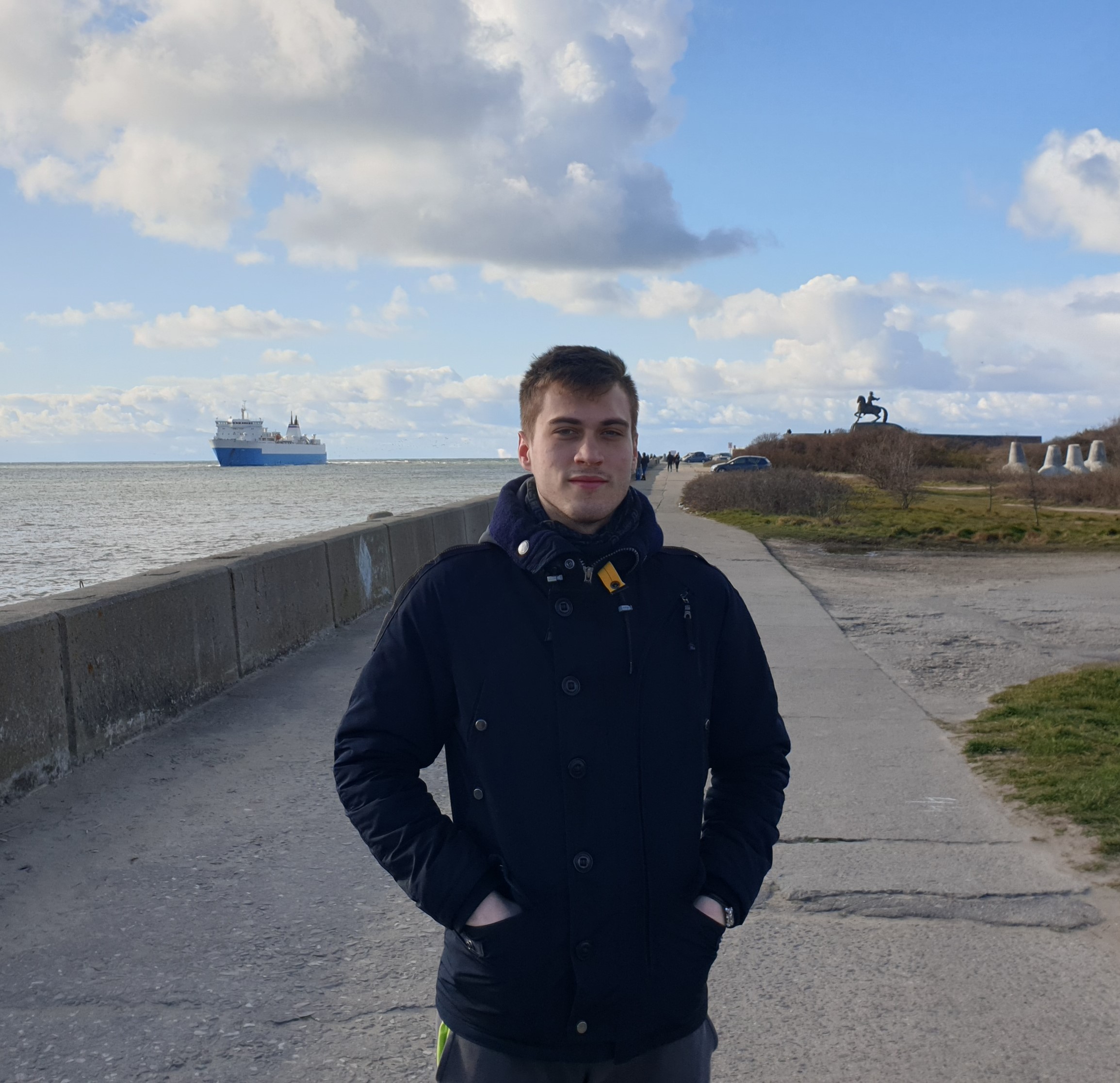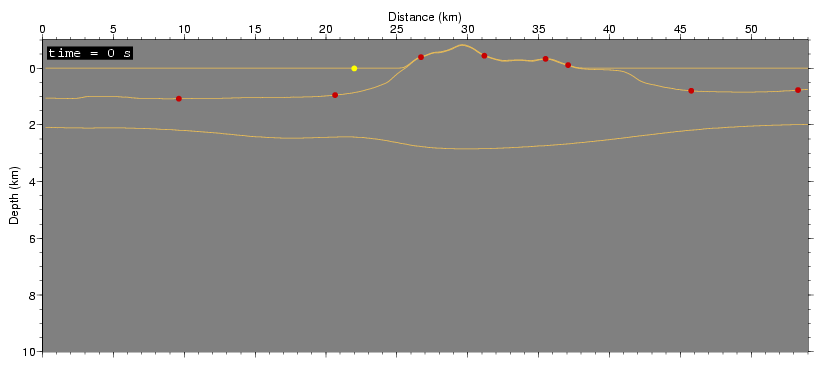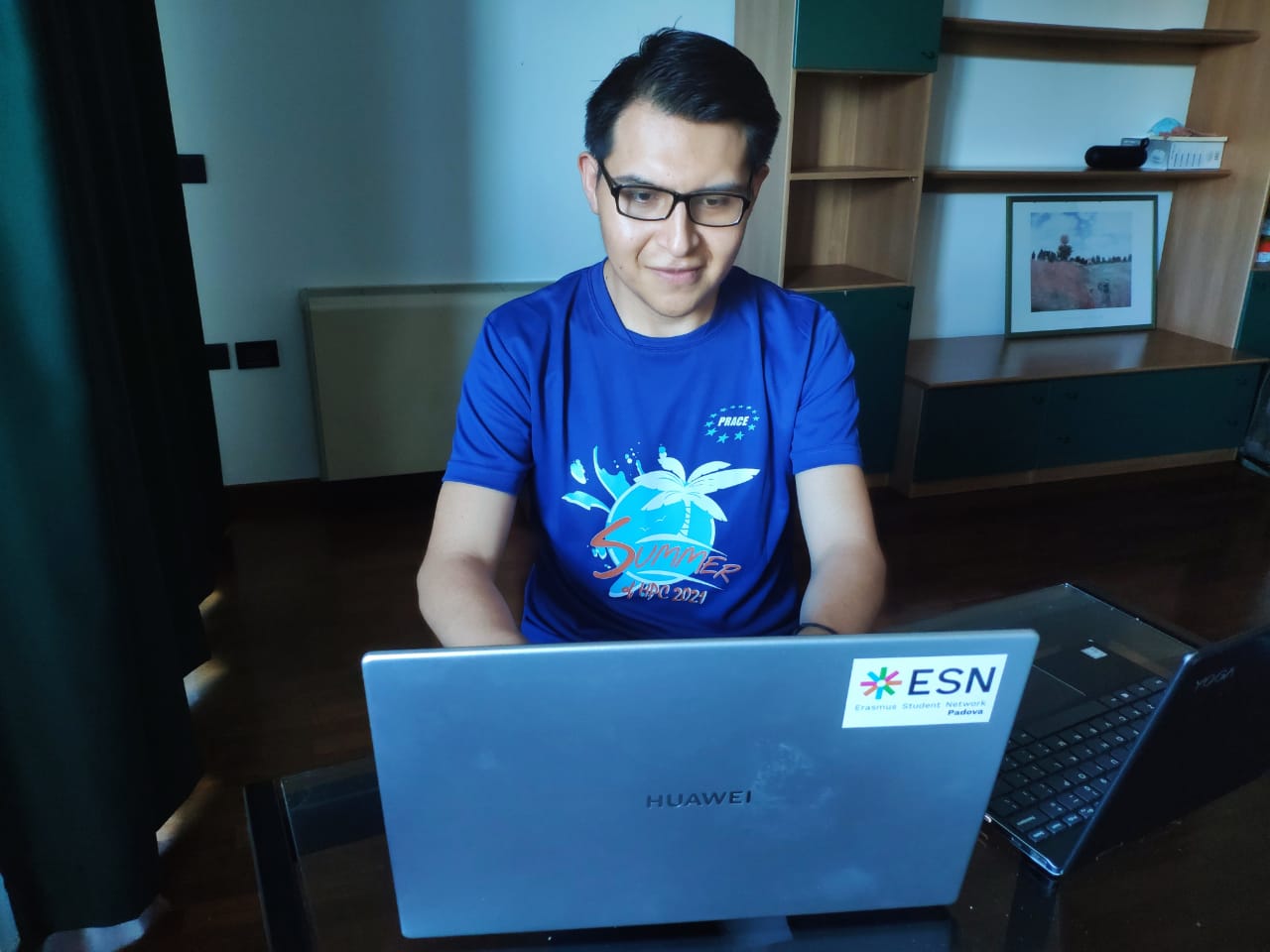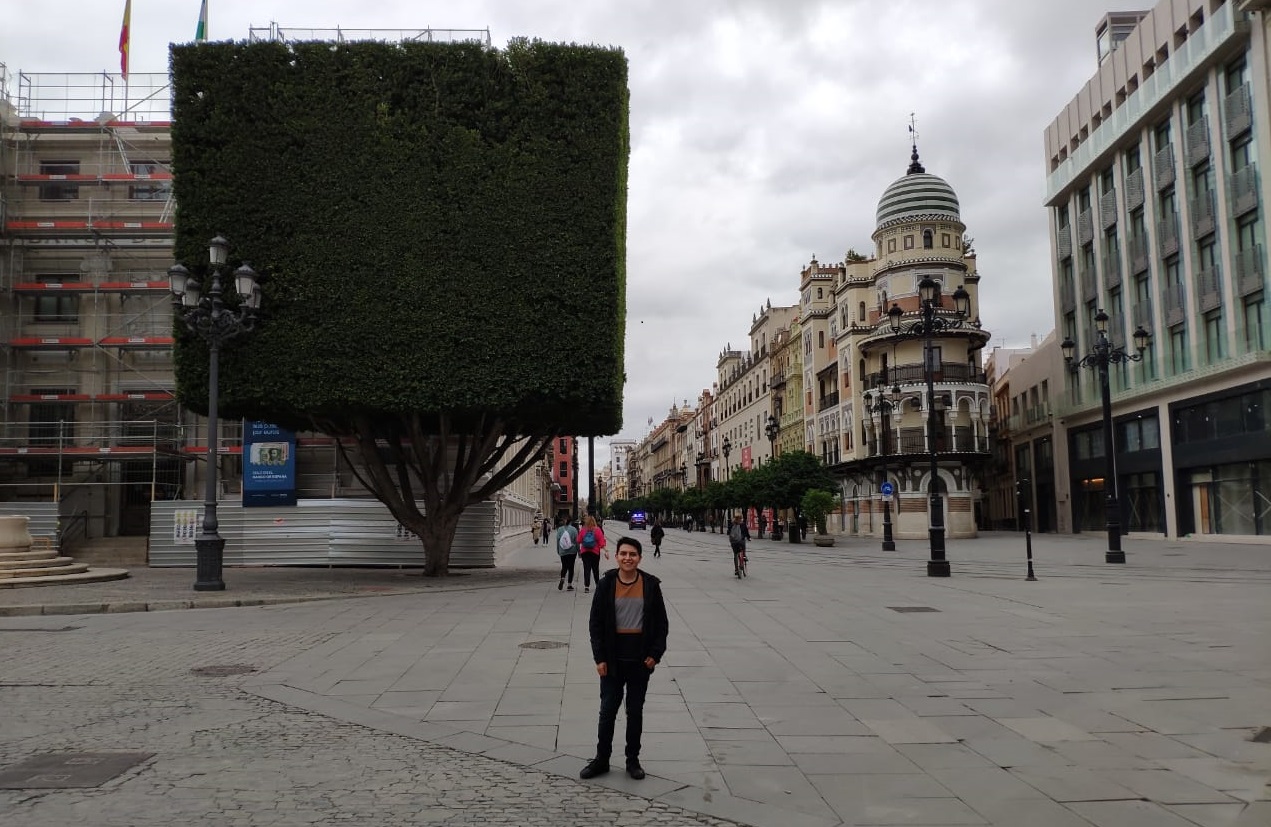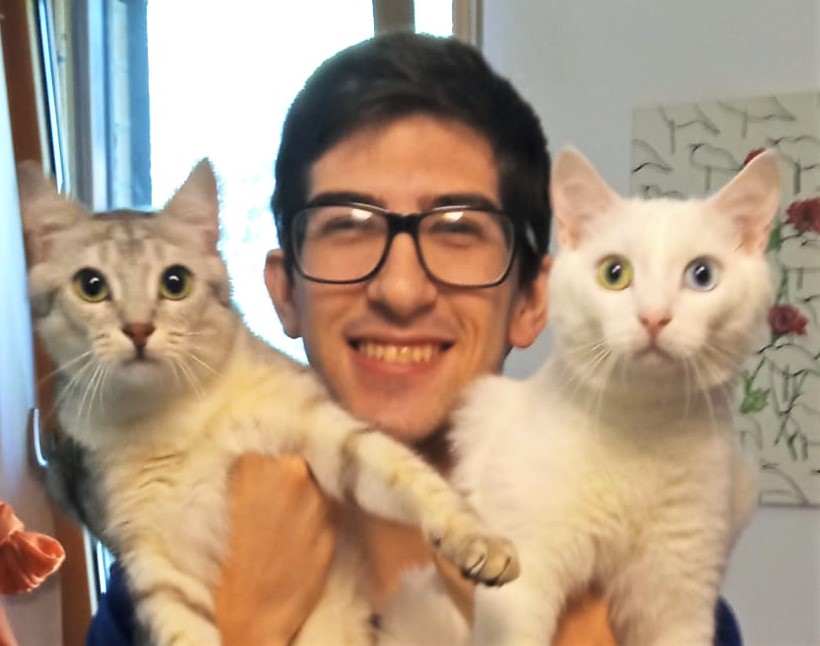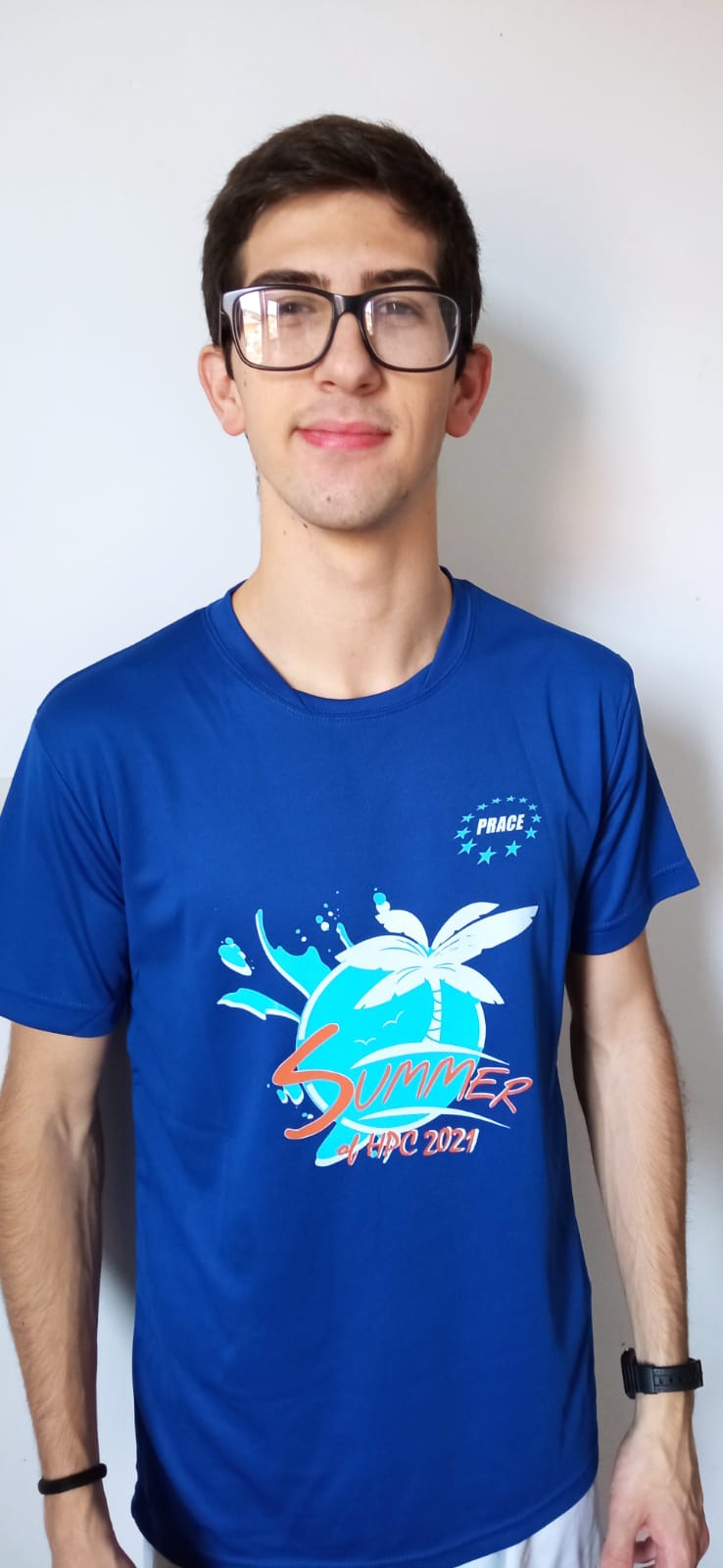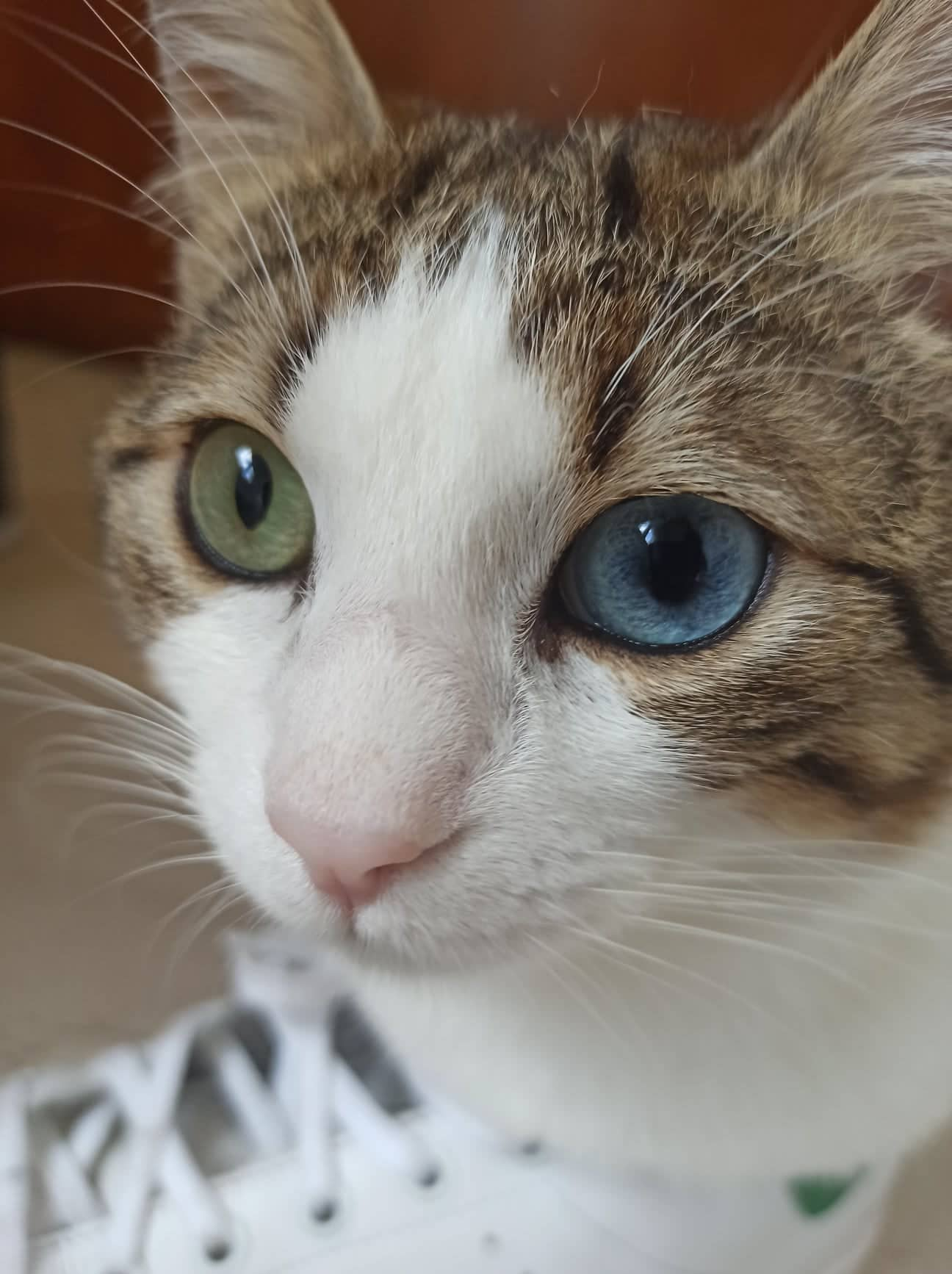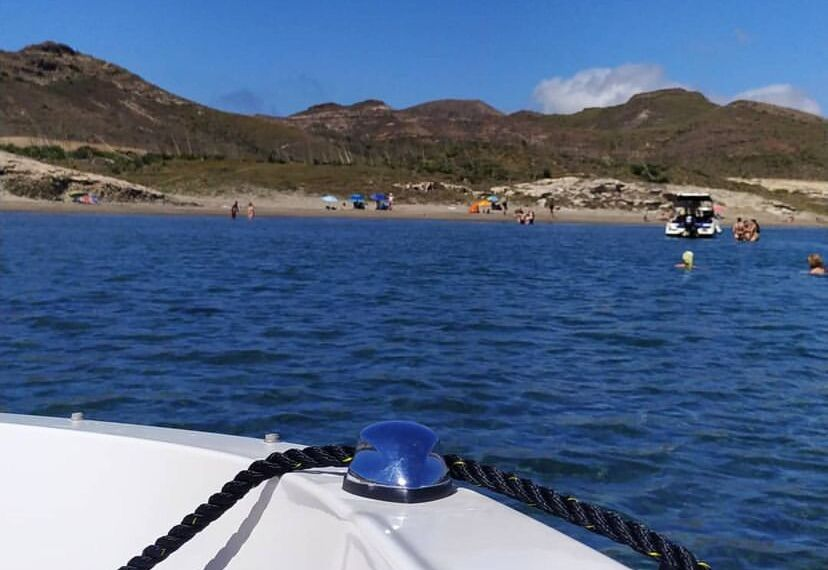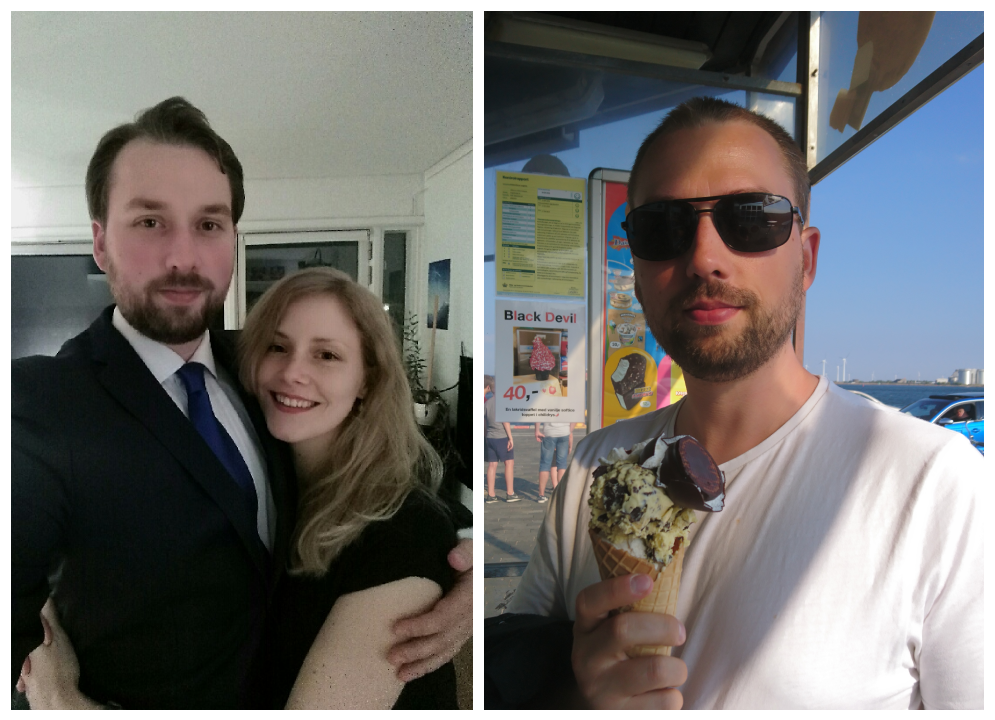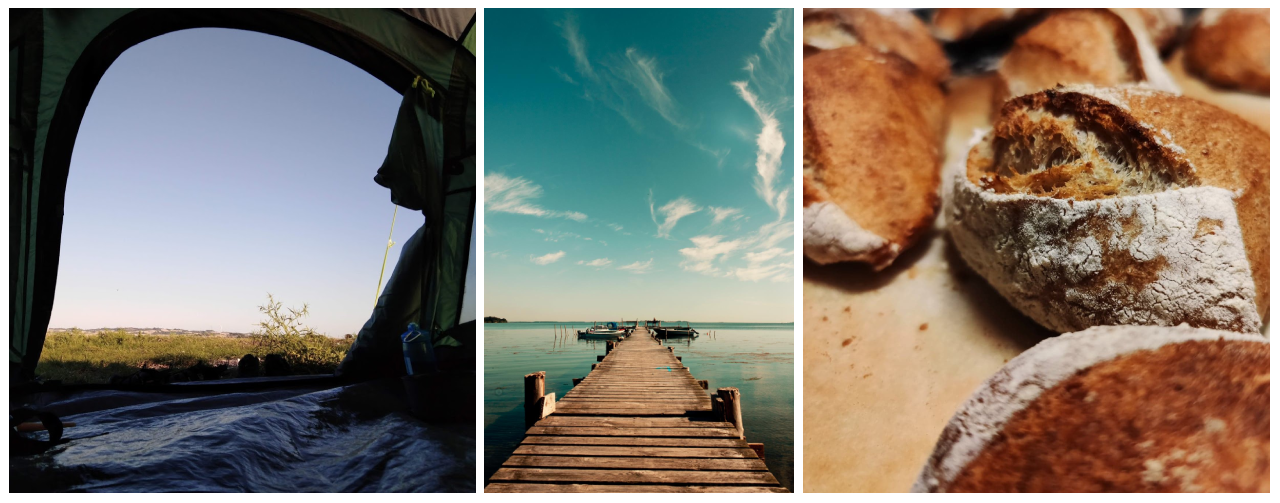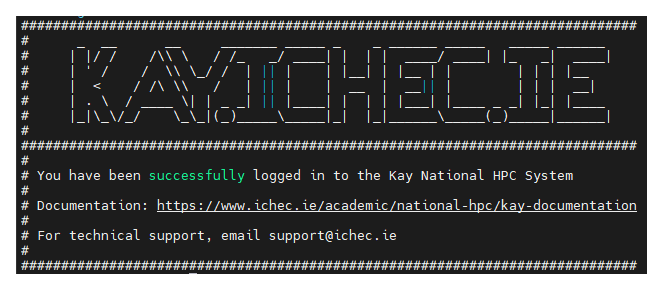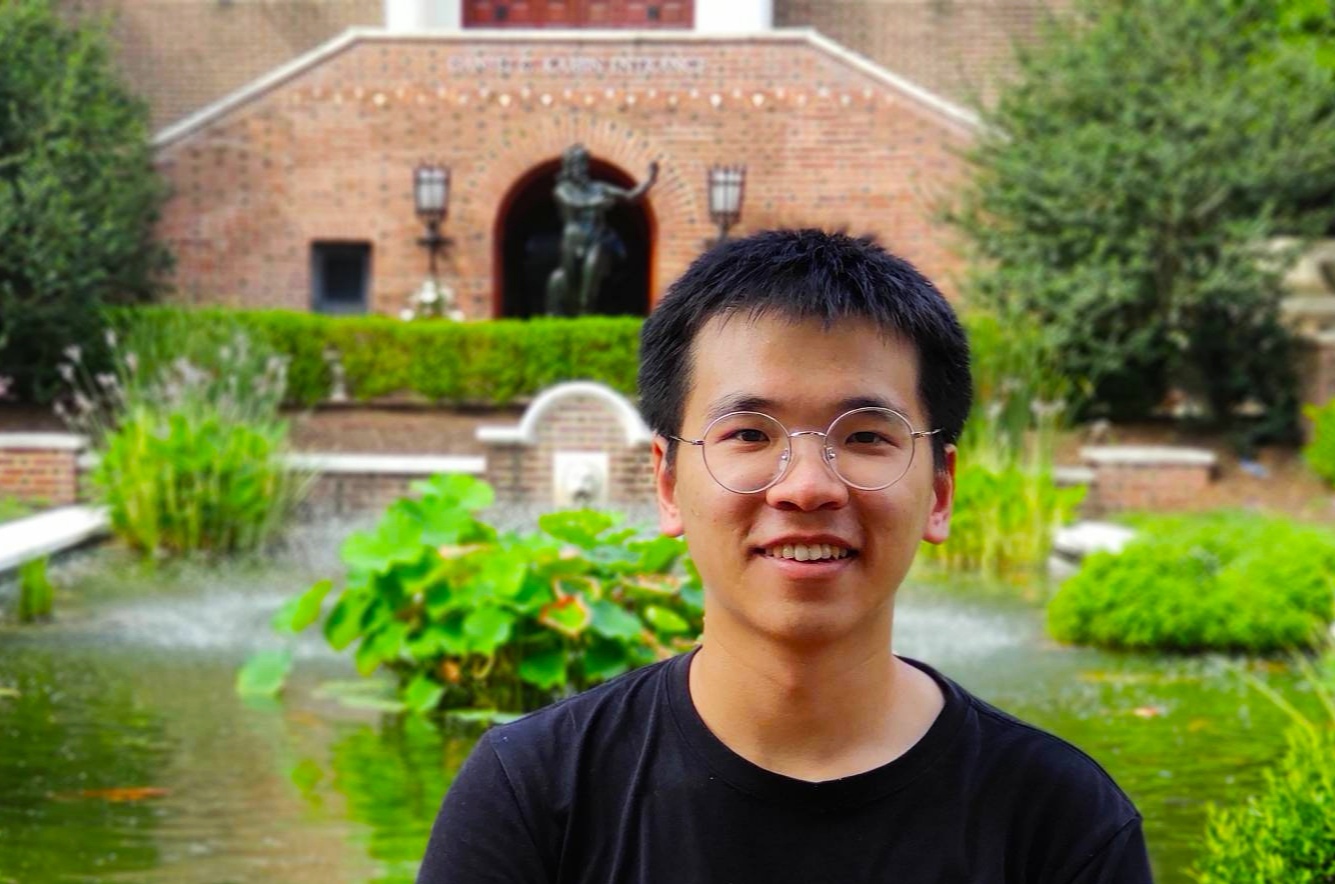
A physicist, an engineer, two submarine geologists and a High Performance Computing (HPC) specialist walk in a bar. The engineer orders a drink and asks “Is this going to be a joke?” The physicist replies “No, this is going to be an interdisciplinary HPC project, enriched with German humor. And now let’s start working.”
But wait – before embarking on our HPC journey, let me tell you a bit more about the physicist in this story.
Who are you?
I am Mario, a Master student in theoretical physics at LMU Munich. Recently I completed my Master’s thesis with Prof. Dr. Erwin Frey (statistical and biological physics), where I applied evolutionary algorithms to biological transcription networks. Previous projects comprised modeling the life and death of T cells, determining diffusion coefficients in ionic liquids and measuring the physical stability of pharmaceutical formulations. I am interested in theoretical and computational aspects of evolution, such as open-endedness and the evolution of intelligent systems.
What is your project about?
The project is about automatically recognizing submarine structures using artificial intelligence and HPC (see also the project page). Submarine structures are of general interest because some of them are considered geohazards, such as submarine canyons for example. In the past, researchers classified and marked these geohazards by hand in maps of the seabed (so called morphobathymetric maps). Here, we are going to devise an automated approach using machine learning strategies. Ideally, the model we develop is able to locate and mark these geohazards automatically on an arbitrary morphobathymetric map.
Why did you choose your project?
The project is very appealing to me because I enjoy crossing the boundaries of conventional fields. It allows me to dive into the field of submarine geology and apply my problem-solving skills there. Of course, I am particularly interested in leveraging the power of HPC for this interdisciplinary project. Moreover, I am excited about researching and applying cutting-edge artificial intelligence strategies.
Who are you working with?
The host organization of this project is the Italian supercomputing consortium CINECA, which is part of the European HPC network PRACE. I am looking forward very much to work with my teammate Raska Soemantoro (the engineer in our story) as well as my supervisors Dr. Silvia Ceramicola, Dr. Veerle Huvenne (the submarine geologists) and Dr. Massimiliano Guarrasi (the HPC specialist) in the weeks to come. They are affiliated with the University of Manchester, UK, the Italian National Institute of Oceanography and Applied Geophysics (OGS) in Trieste, the UK National Oceanography Centre in Southampton (NOC), as well as the CINECA headquarters in Bologna, respectively. I am very excited to be part of such an interdisciplinary and international team!
How did you get into coding?
Over the years my interest in computational methods grew. It began with the course “Computational and Numerical Physics” at FAU Erlangen, where I was thrown in the deep end – either, I would teach myself programming or I would fail the course (spoiler: I chose the first option). With more and more courses, internships and projects I eventually got more and more experience, which is why I now feel confident to solve complex problems using computational methods.
Why did you apply for the PRACE Summer of HPC?
In fact, there is a handful of reasons why I joined the PRACE Summer of HPC. Initially, I was intrigued by the career path of Dr. Thomas Schoenemayer, a physicist / meteorologist who specialized in HPC and now works for NVIDIA on autonomous driving. By using my graphics card for the distributed computing project Folding@Home along with Curecoin, I experienced the power of (well, distributed) HPC systems for the first time. Eventually I parallelized code during my Master’s thesis and used it on a local cluster. This made me curious to learn more about HPC and to expand my HPC skill set. HPC systems fascinate me because they are the common ground for advancing a whole range of fields, ranging from forecasting climate change to finding cures for diseases.
What’s next?
I am really excited to be part of the PRACE Summer of HPC and cannot wait to start working with this amazing team! While this is a remote internship, of course I hope that we can enact the joke in the beginning of my post in the future and meet up in a real bar with Indonesian kopi tubruk (coffee), British tea, German Weißbier (wheat beer), Belgian kriek lambic (cherry beer) as well as Italian wine. And now I’d like to ask you a question:
What kind of updates you would like to see from me?
My first steps in submarine geology? Our progress on building classifiers? How we leverage CINECA’s HPC capabilities? Machine learning in Fortran 77? Morphobathymetric memes? Please let me know in the comments!
Feel free to stay in touch with me 🙂
LinkedIn | ResearchGate | Twitter | Facebook | Instagram



